![Water Cycle In Nature [Hydrological Cycle] 2 water cycle in nature](https://gkscientist.com/wp-content/uploads/2020/09/water-cycle-in-nature.jpg)
Water Cycle:
The living organisms, atmosphere, and earth maintain between them a constant circulation of water referred to as hydrological or water cycle.
All the plants and animals require water in order to carry on the activities of life. In fact, water is the major constituent of all living cells. Water (H2O) is a liquid compound made up of two elements: hydrogen (H) and oxygen (O). Water circulates in the living and non-living components of the biosphere in the form of an unending cycle. When water moves as a compound in the living organisms, then hydrogen is the main element that also circulates with it in the living system. This is because when plants take up water for photosynthesis, then they retain the hydrogen part of water for making carbohydrates but expel its oxygen part to the atmosphere in the form of oxygen gas. The water cycle in nature is also known as the hydrological cycle.
The various steps involved in the water cycle in the biosphere are given below-
- When the sun shines, then due to the heat of the sun, water continuously evaporates from the water bodies on the earth like ponds, lakes, rivers, oceans, etc. and forms water vapors (which is a gas). This water vapor, being lighter than air, rises up and goes into the atmosphere.
- The plants continuously absorb water from the soil (called soil water) through their roots. Some of this water is utilized by the plants for photosynthesis. The excess water which is not used by green plants for manufacturing food by photosynthesis is given off into the atmosphere during the process of transpiration (evaporation from leaves). In other words, the excess water in the body of plants is added to the atmosphere in the form of water vapor from the leaves of plants through the process of transpiration. Thus, transpiration is responsible for the immense loss of water from plants and therefore, indirectly from the soil. The water vapor produced by transpiration also goes into the atmosphere. In fact, water lost into the atmosphere through transpiration in plants is a major source of water vapor in the atmosphere. The respiration of living plants and decay (decomposition) of dead plants also produces water vapor, which also goes into the atmosphere.
- Animals feed directly or indirectly on plants, taking in some water through these plant foods. Animals also drink water from water bodies like ponds, lakes, wells, rivers and oceans. Now, the process of respiration (breathing) in animals, the process of evaporation from the surface of animals; and the process of decay of dead animals, produces water vapor which goes into the atmosphere.
- The water vapor is lighter than air. So, water vapor formed due to all the above-mentioned processes, rise in the air and goes high up into the atmosphere. As the water vapor rises up, it gets cooled. Finally, the water vapor condenses to form tiny droplets of water that float in the sky and form the cloud.
- The tiny droplets of water in the cloud join together to form bigger drops of water that fall on the earth in the form of rain. The rain-water passes into the ponds, lakes, rivers, and oceans. A part of the rainwater is absorbed by the soil and is retained as soil water. During winter, in cold climates, the water also falls down to the earth in a frozen state called snow. Some water is also put back into the soil in the form of liquid waste products (excretions) of animals. In this way, the water which was taken from the earth returns to the earth (soil and water bodies), and the water cycle is completed.
Once again, the water evaporates and the water cycle is repeated. Thus, the water on the earth’s surface and from plants and animals is continuously evaporating and changing into vapour, going into the atmosphere, getting cooled, and falling as rain and snow. The water goes round and round in the biosphere and these changes are called the water cycle. The water cycle in nature makes freshwater available to organisms (plants and animals).
From the above, we conclude that the various processes which remove water vapour from the atmosphere are-
- Rain.
- Snowfall.
On the other hand, the processes which add water vapour to the atmosphere are-
- Evaporation of water from ponds, lakes, rivers, and oceans.
- Transpiration (evaporation of water from plant leaves).
- Respiration (breathing) by plants and animals and decay of dead plants and animals.
- Evaporation from the surface of animals.
- Structure of the Earth
- Volcanoes and Rocks
- Humidity: Absolute, Specific & Relative Humidity
- Cloud Formation And Types of Clouds
- Ecosystem
- Ecological Succession or Biotic Succession
- Natural Resources
![Water Cycle In Nature [Hydrological Cycle] 1 water cycle in environment](https://gkscientist.com/wp-content/uploads/2020/09/water-cycle-in-environment.jpg)
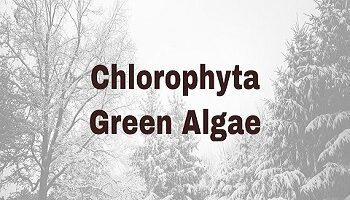
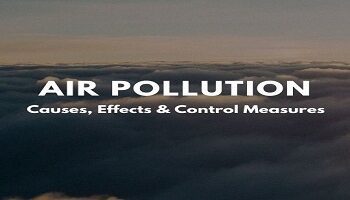
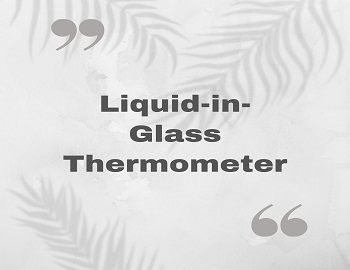

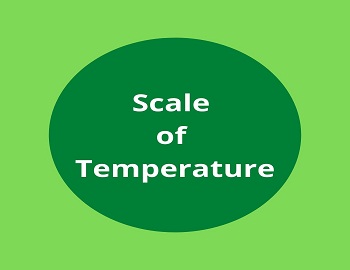
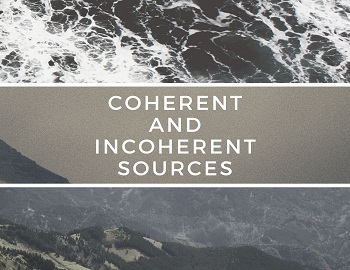


Comments (No)